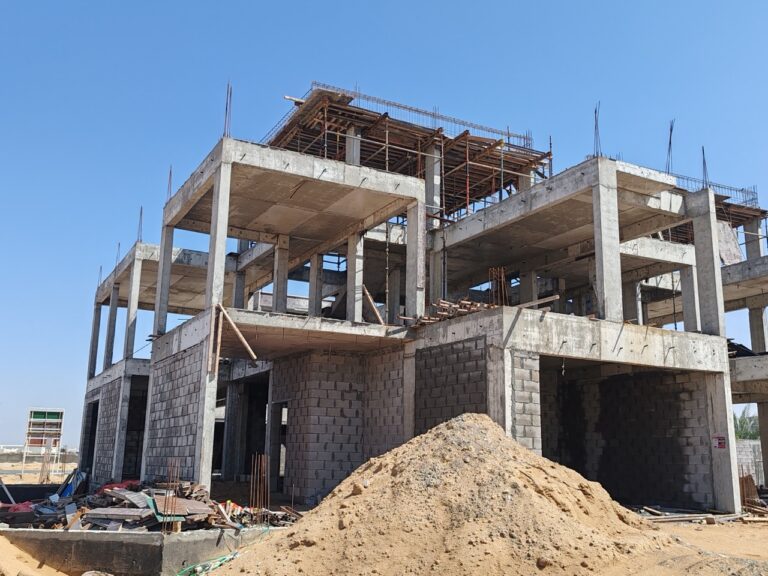Building your dream home from the ground up is exciting—but it’s also a completely different journey than buying a resale property. That includes how you finance it. If you’re planning to build, you’ll likely need a construction mortgage.
Here’s how construction mortgages work in Canada, what makes them unique, and how to decide if it’s the right path for your project.
What Is a Construction Mortgage?
A construction mortgage is a type of loan designed for people who are building a home rather than buying an existing one. Unlike traditional mortgages, where the full amount is given upfront, construction mortgages are released in stages (called draws) as the build progresses.
It’s a flexible financing solution, but it comes with more conditions, paperwork, and lender oversight.
Two Main Types of Construction Mortgages
1. Progress Draw Mortgage
This is the most common type. The lender releases funds in stages, typically at the following phases:
- Draw 1: After the foundation is poured
- Draw 2: When the framing is complete
- Draw 3: After the home is fully enclosed (windows, roof, etc.)
- Draw 4: When interior work is underway
- Final Draw: Upon completion and final inspection
Each draw usually requires a third-party inspection to confirm work is complete before the next portion of the loan is released.
2. Completion Mortgage
With this type, the full mortgage amount is advanced once the home is 100% complete. This is more common when buying from a builder who handles the construction, like in new subdivisions or pre-construction homes.
What You Need to Qualify
Lenders are more cautious with construction mortgages. You’ll typically need:
- A detailed construction plan with cost estimates
- A reputable builder or contractor (some lenders require you to use a licensed builder)
- Building permits and zoning approvals
- A larger down payment—typically 20% or more
- Strong credit and income documentation
- A contingency fund to cover cost overruns (often 10–15% of the project)
If you already own the land, its value may count as part of your down payment.
Costs to Keep in Mind
- Appraisal and inspection fees for each stage
- Interest-only payments during construction (in most cases)
- Legal fees and permits
- Builder’s insurance and warranties
- Construction contingency buffer
Be aware: lenders may charge higher rates than traditional mortgages due to the increased risk, especially during the build phase.
Pros and Cons of Construction Mortgages
✅ Pros:
- Tailored for custom home builds
- Flexible draw schedule tied to actual progress
- May roll into a regular mortgage upon completion
- Lets you control more of the design and location
⚠️ Cons:
- More paperwork and upfront planning
- Higher interest during construction
- Inspections and builder approval may slow things down
- Not all lenders offer them
Can You Use a Construction Mortgage with Land Financing?
Yes! Many borrowers combine land-only financing and a construction mortgage, especially if they’re building on newly purchased land. We covered land-only mortgages here, if you want to dive deeper.
Make It Easier with the Right Broker
At The Local Broker, we work with lenders who specialize in construction mortgages. Whether you’re building in Guelph or anywhere in Ontario, we can help you:
- Understand your eligibility
- Gather the right documentation
- Compare lenders who offer construction financing
- Build a smart plan from blueprint to move-in day
Use our tools to help run the numbers:
Let’s Build Your Mortgage Around Your Plans
A construction mortgage isn’t as simple as a standard mortgage—but with the right guidance, it can be a smooth process. Whether you’re breaking ground soon or just planning ahead, we’re here to walk you through it.
Ready to apply for a construction mortgage or refinance your current one?
Start your application now and we’ll help you figure out your best next step.
